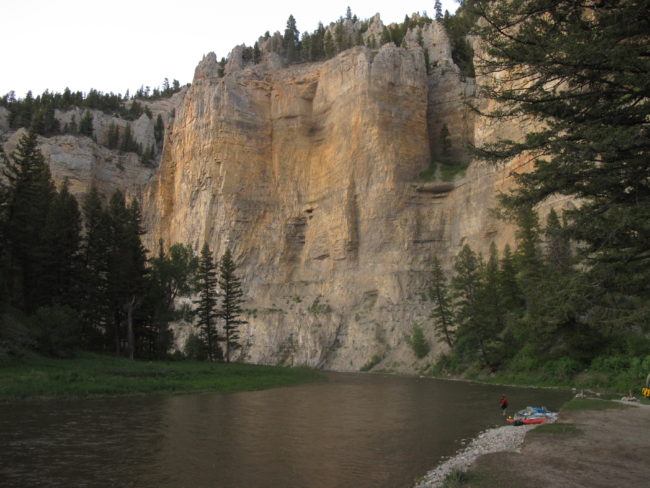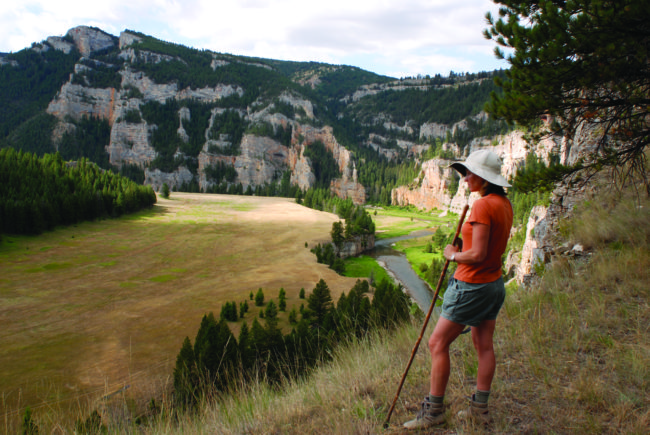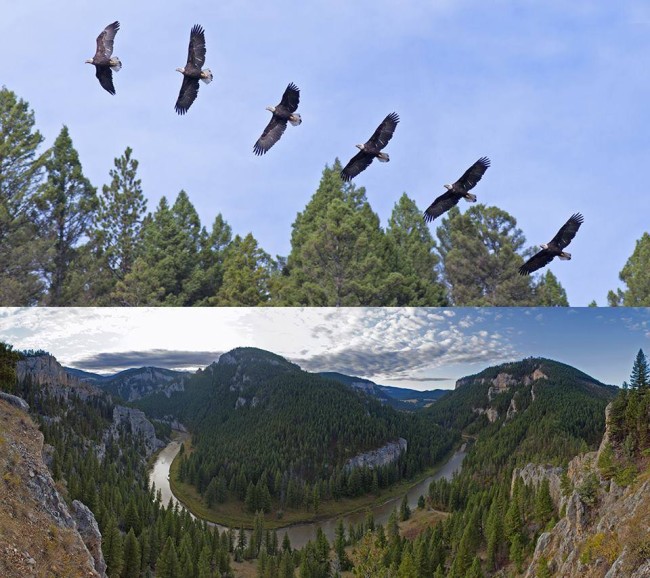Author’s Note:
Admittedly, the COVID-19 outbreak across the world has distracted our responsibility in getting an update out regarding the just-released Final Environmental Impact Statement for the proposed Smith River mine. It seems we are only just starting to understand the scale and depth of impacts from the epidemic to our daily lives and economy. MEIC wishes that all readers and their loved ones are safe and healthy, and that the COVID-19 outbreak will pass sooner than later. Hopefully this information will serve as a temporary distraction from the difficulties in work and life we are all now facing. Perhaps COVID-19 will also be a reminder of the significance of places in our lives, such as the Smith River, where time seems to stop and the values of human companionship, friendship, and wild country eclipse the struggles in our busy, modern lives.
By Derf Johnson

First things first. The fight to protect the Smith River from the proposed Smith River Mine is far from over. This is true even though last Friday the Montana Department of Environmental Quality (DEQ) predictably released the Final Environmental Impact Statement (FEIS) evaluating the proposed mine, and chose an “alternative” in the analysis that allows the mine to move forward.
Some perspective is important in this fight before I get to the permitting details. First, to our knowledge, the DEQ has never denied a hardrock mining permit. This could be described as a disregard for the duties that the agency is charged with – namely protecting a clean and healthy environment as guaranteed to our citizens by our State Constitution. Even with this unfortunate political reality in mind, individuals and organizations in Montana have been successful in beating back, time and again, ill-conceived mining proposals despite DEQ’s consistent legal wrangling, constant legislative interference, and the ever-present expense of litigation and experts. Montanans are a scrappy, strategic bunch, and we have a number of different paths available to us to fight and beat this mine proposal.

Thankfully, Montana’s constitution was drafted with considerable foresight, and guarantees to all citizens under Article II, Section 3 “the right to a clean and healthful environment …” These words within the constitution are not just scribblings on parchment, they are considered fundamental rights, meaning that the right cannot be infringed absent a compelling need by the state. Montana’s Constitution also requires that all land that are disturbed by the “taking” of natural resources be reclaimed. If Sandfire is unable to demonstrate an adequate reclamation plan, or unable to post a bond sufficient to reclaim the land, then DEQ should deny the mine operating permit.
Now, back to the permitting timeline.
After several years of back-and-forth between the applicant (Sandfire) and the DEQ regarding permit application materials, and then a few more years for DEQ to go through the process of an environmental impact statement, on Friday March 13th the DEQ released an FEIS. Notably, the DEQ did not select the “no-action” alternative outlined in the EIS, but rather identified an “agency modified alternative” as the agencies preferred alternative, which will require additional backfilling of the mine workings. This is indicative of the direction in which DEQ is heading in regards to final permit approval.

Now that the FEIS has been released, it has triggered a new set of deadlines to be aware of. Importantly, the EIS is not technically the final permit approval, but rather a “guidance” document by which the DEQ will make a final decision. However, based upon the alternative selected by DEQ and its previous and predictable history in permitting hardrock mines, approval is all but certain. The final approval and decision document, known as the Record of Decision (ROD), will be released sometime after March 30th.
Following release of the ROD, individuals and organizations concerned with the approval of the permit will have 60 days to appeal the permit to the adjudicatory body having jurisdiction over the permitting. MEIC and our partner organizations are currently assessing our options, but based upon a preliminary analysis of the FEIS documents, we are very concerned that the permit authorized by DEQ will fall far short of protecting water quality, water quantity, and the fundamental right of all Montanans to a clean and healthful environment. An appeal of DEQ’s final decision is dependent upon the release of the ROD, likely in late Spring.
Rest assured that MEIC, our partner organizations, and the thousands of Montanans who have spoken up in opposition to this mine are watching the final permitting decisions very carefully and will take calculated, strategic, and quick action in order to protect the river that we all love. Thankfully, we have a track-record of success, and a drive amongst our staff and members that puts people and place above the almighty dollar. Hopefully, with some hard work and luck, Sandfire will never place a shovel in the ground and the Smith will be protected for present and future generations.

